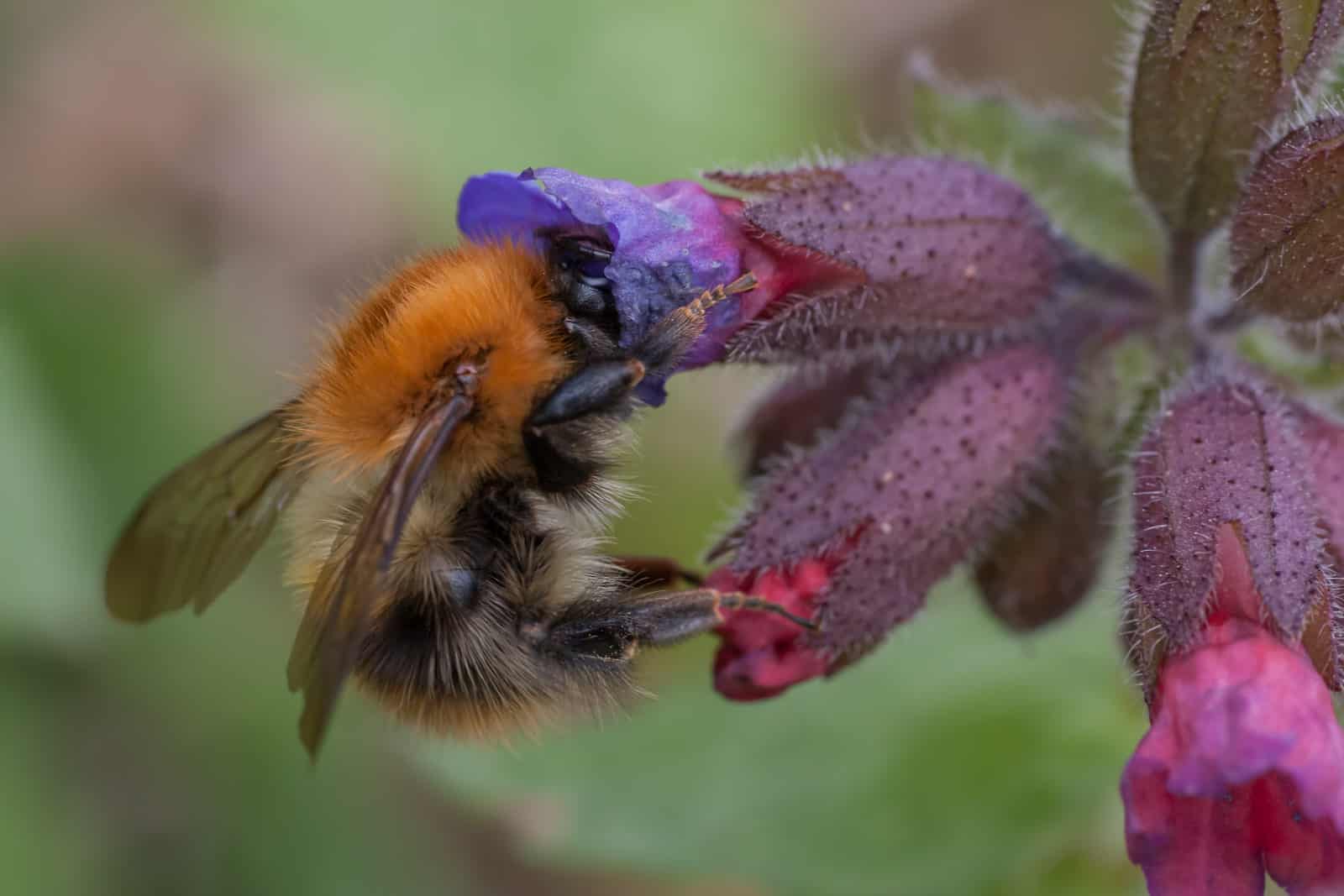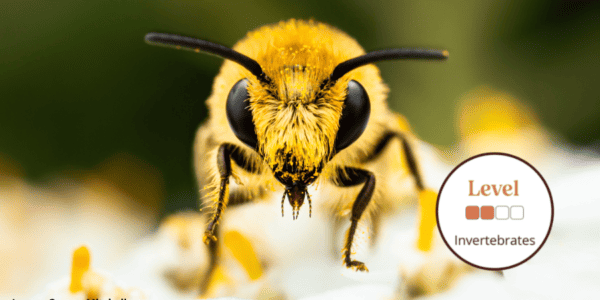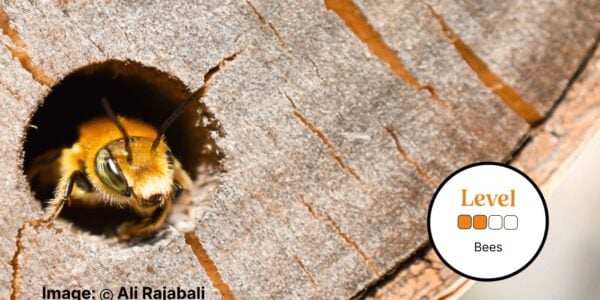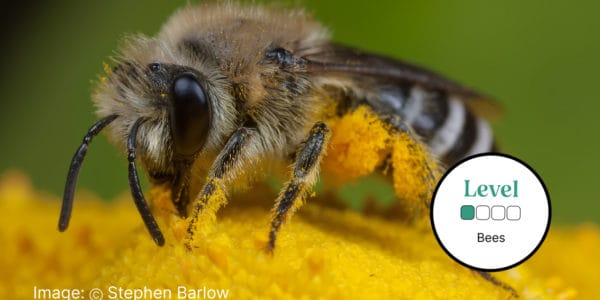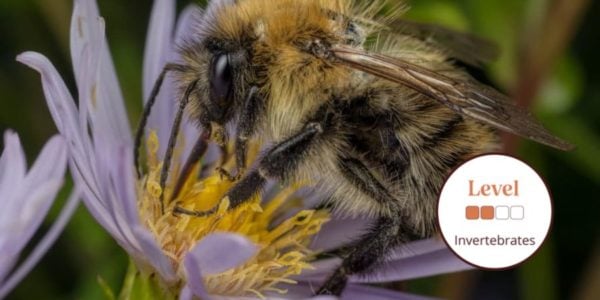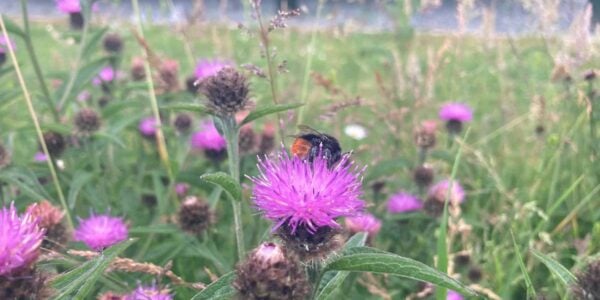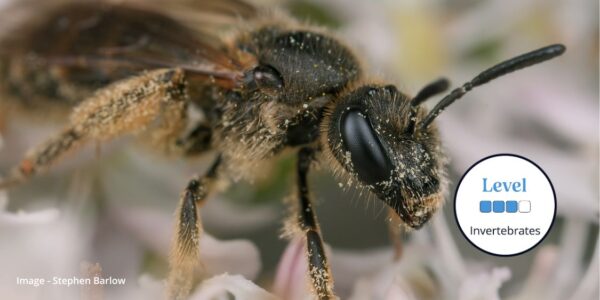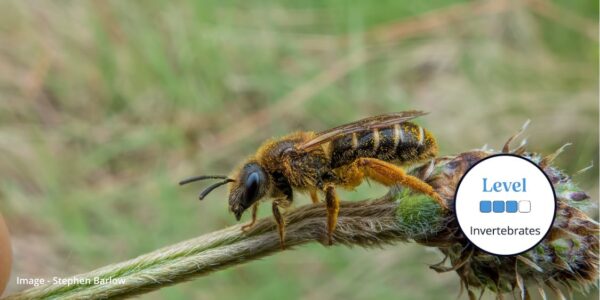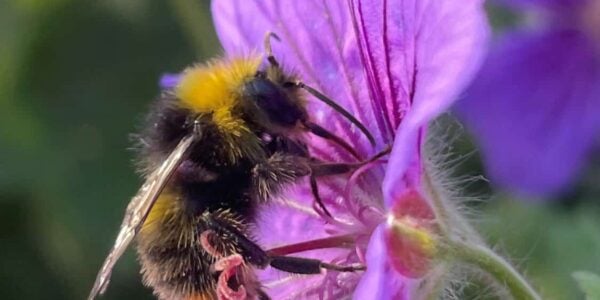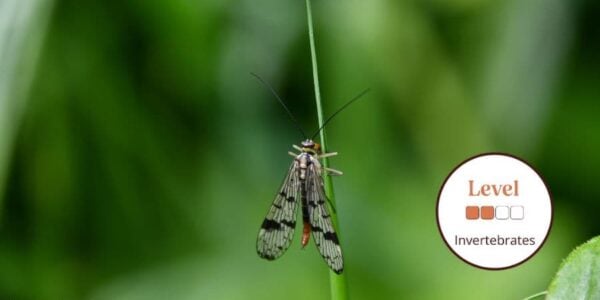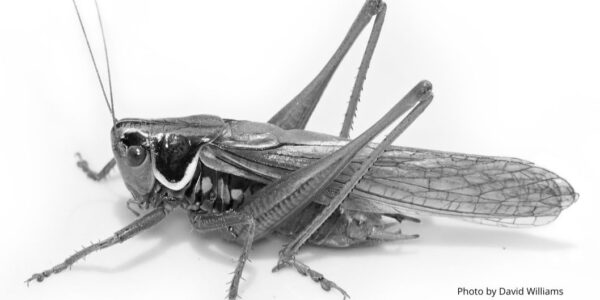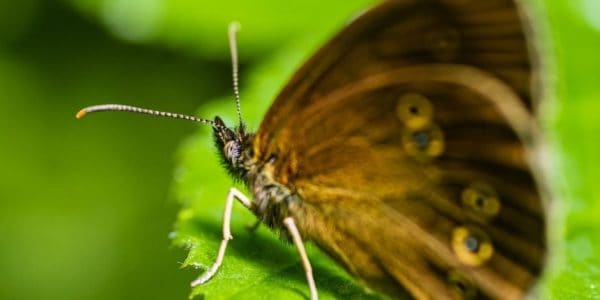
Discover more as you learn about UK Bees and improve your skills on our beginner to advanced courses.
We run regular bee courses throughout the year delivered online and UK wide by expert tutors and follow a framework to progress your learning at a level to suit you.There are over 1500 species of insect pollinators in the UK, this includes bees, wasps, butterflies, moths, hoverflies and some beetles. They are essential for biodiversity and ecosystem function. Our bees, wasps and ants courses are delivered by experts in the field. Gain skills and knowledge and discover more about this group of pollinators.
Bee Identification
We have over 220 species of solitary bee, around 25 species of bumblebee and 1 species of honeybee in the UK. Most people think that honeybees are our most important pollinators but some solitary bees, like the red mason bee, are much more efficient pollinators. Some of the larger bees, like the common bumblebee species, have distinctive patterns and colours, making them easy to identify in the field. However, others, like the solitary bees, requires more practice as some can only be identified by examining small features on their bodies under a microscope.
Wasp Identification
Contrary to popular belief, wasps are useful pollinators as the adults visit a wide range of flowering plants to feed on nectar. As well as the yellow and black social wasps we’re used to seeing, there are thousands of solitary wasp species present in the UK. Many of these are tiny and beautifully coloured, such as the ruby tailed wasp. Due to their small size, identifying solitary wasps usually requires expert tuition first. We offer wasp identification courses at FSC.
Hoverfly Identification
These are the flies you see hovering over flowers mimicking bees and wasps. To identify hoverflies and tell the difference between them and wasps, check their wings, as hoverflies only have 1 pair (bees and wasps have 2 pairs), plus their eyes are much larger and almost touch at the top of their heads. They also lack the thin “waist” which bees and wasps have. There are over 280 species of hoverflies in the UK. Several species can be identified in the field but most require microscopic examination to identify them to species level.
Ant Identification
Important ecosystem engineers and highly successful social insects, ants can be found almost anywhere and they display a host of different behaviours depending on species, habitat, or caste (whether they’re queens, workers or soldiers).
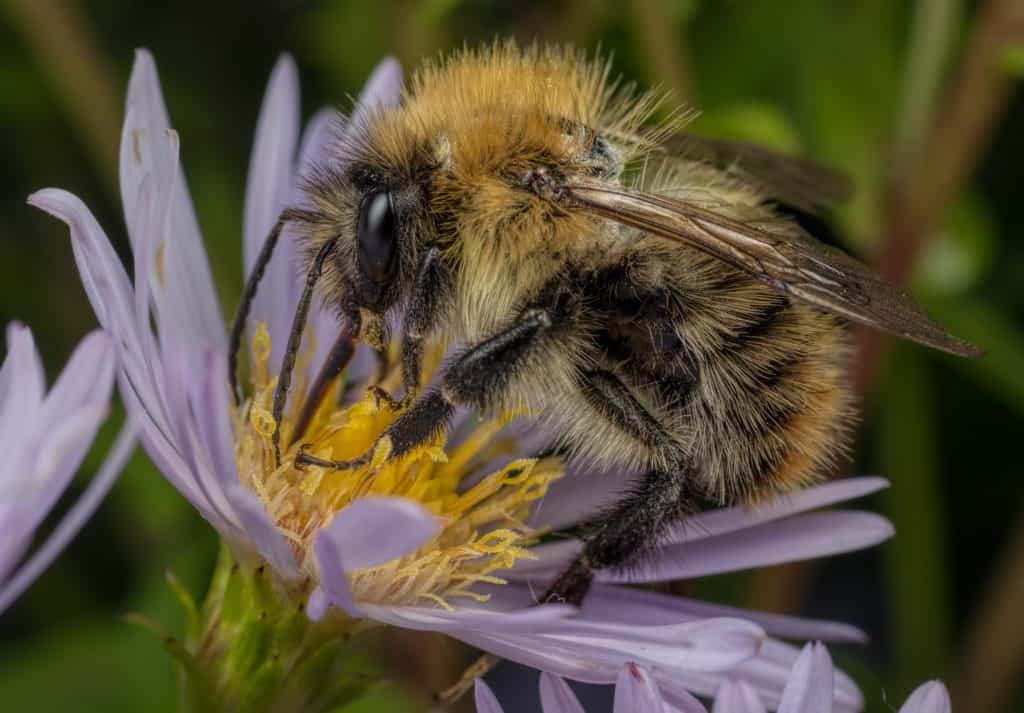
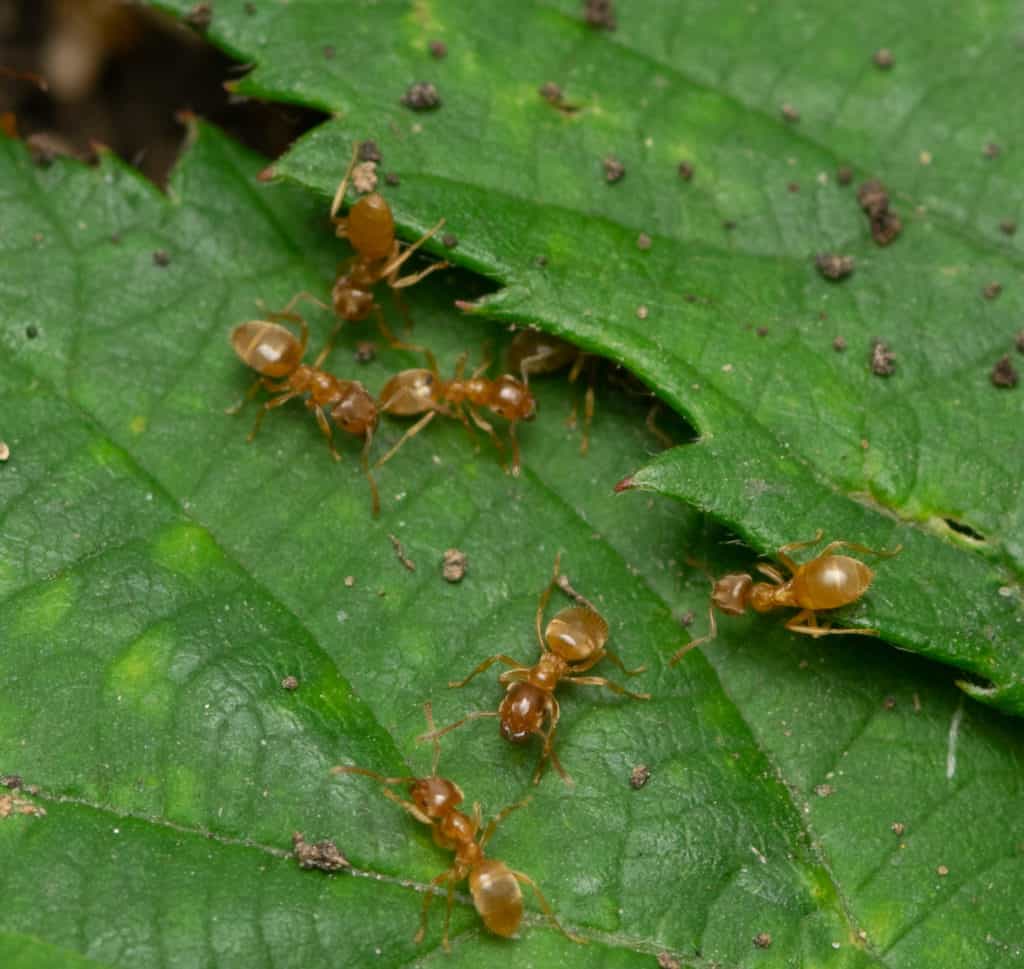
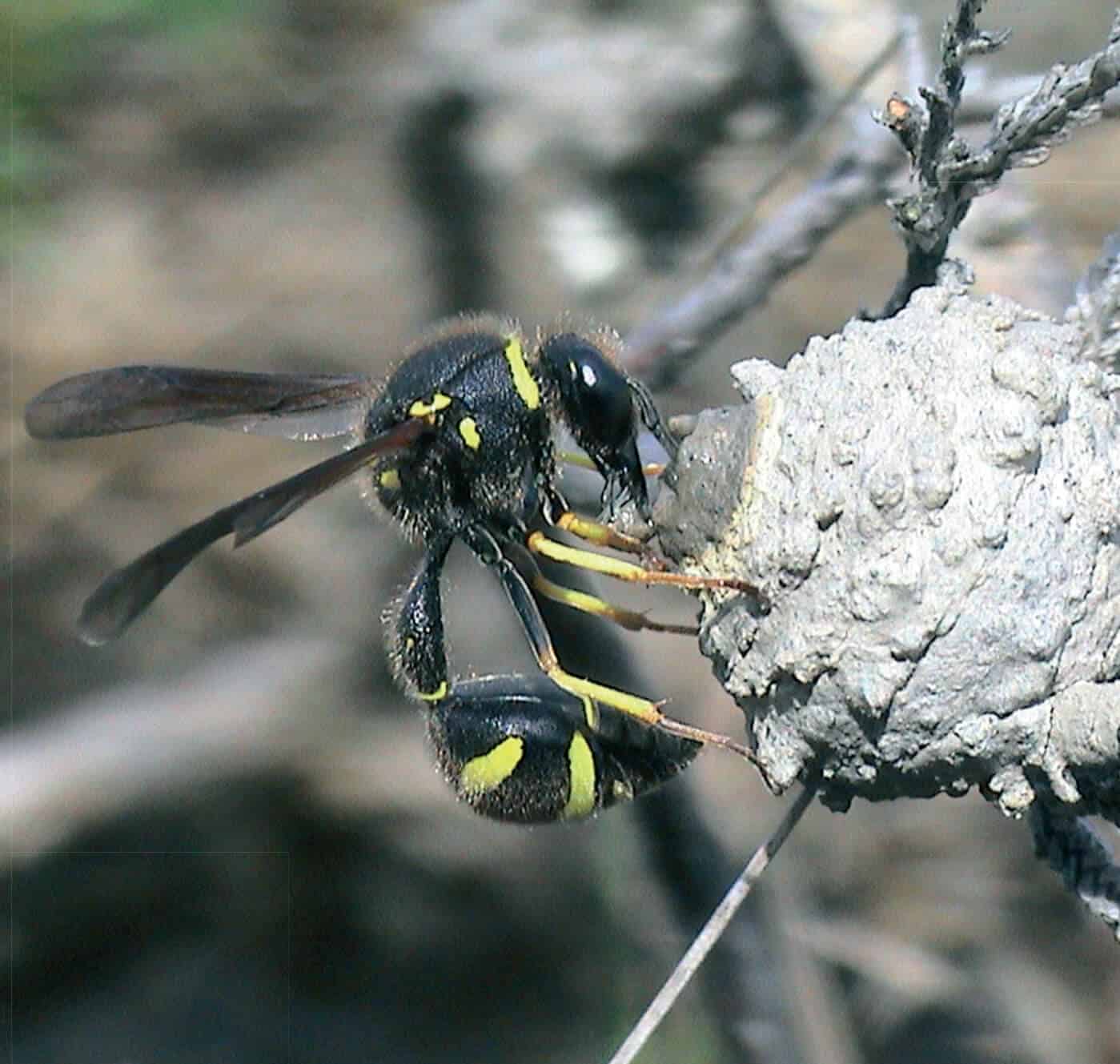
Bee, Wasp and Ant Identification Courses
Our bees, wasps and ants courses are delivered by experts in the field, and will equip you with the skills and knowledge to discover more about this group of pollinators. Our beginner courses are for anyone interested in discovering and exploring these common invertebrates. You can learn how to identify the key characteristics of bees, wasps and ants, and acquire or improving identification and survey skills.
Training is led by expert tutors who are passionate about the subject. Taking place at venues across the UK, or online, our courses are designed to progress your learning at a level to suit your needs. If you are interested in our pollinator online training, you can read about our Moodle learning environment.
Each course is part of a learning framework. You can see the course level descriptions here natural history courses are available at all levels from beginner through to professional training.
Bees, Wasps and Ants Identification Resources:
The FSC Bee ID Chart features 28 species of bees which can be seen flying in gardens. The Bees Identification Guide was produced in partnership with Buglife.
FSC Butterfly Guide Featuring beautiful colour illustrations by acclaimed wildlife artist Richard Lewington, the chart includes all 60 species of adult butterflies that you are likely to find in Britain and Ireland.
FSC Moth Guide Around 1500 species of moths are found in the British Isles, but most of them fly at dusk or at night.

